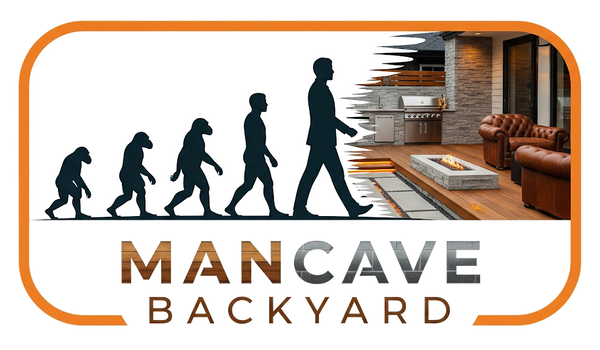
A Definitive Guide: Fire Pit Use Under a Covered Patio
The placement of a fire feature within a covered or semi-enclosed space is a serious consideration that involves critical factors of safety, ventilation, and local regulation. As curators of enduring outdoor equipment, we consider it our responsibility to provide clear, uncompromising guidance on this topic.
This guide outlines the essential principles and non-negotiable requirements for safely operating a fire pit in proximity to a permanent structure.
1. The Critical Factor: Fuel Type
The type of fuel your fire pit uses is the primary determinant of its suitability for a covered area.
-
Wood-Burning Fire Pits: Under no circumstances should a wood-burning fire pit be used under a covered patio, gazebo, or any structure with a roof. Wood combustion is inconsistent and produces dangerous levels of carbon monoxide, smoke, and hazardous sparks, posing an immediate fire risk and a threat to health.
-
Natural Gas & Propane Fire Pits: These are the only viable options for consideration under a covered structure. They burn cleaner, produce no sparks, and offer controlled, predictable flames. However, their use is still subject to strict requirements for ventilation and clearance.
2. The Non-Negotiable Requirement: Ventilation
Even with a gas-fueled fire pit, adequate ventilation is paramount to prevent the accumulation of carbon monoxide and other harmful combustion byproducts.
-
Defining "Adequate Ventilation": A space is typically considered "well-ventilated" if it has at least two open sides, allowing for constant and unimpeded cross-breeze. A patio with three walls and a roof, for example, is not a suitable location. The primary principle is that combustion gases must be able to dissipate immediately and never accumulate.

3. The Mandate of Manufacturer & Local Codes
Your decision is ultimately governed by two higher authorities:
-
Manufacturer's Specifications: Every certified fire pit comes with a manual that explicitly states the minimum clearance distances required from combustible materials. This includes distances to walls, ceilings, and overhangs. These specifications are not suggestions; they are safety requirements determined by rigorous testing. Adhering to them is mandatory.
-
Local Building & Fire Codes: Your local municipality has specific codes that regulate the installation and use of fire features. You must consult these local ordinances before installation. They supersede all other recommendations and are the final legal authority on the matter.

The Methodical Conclusion
The question is not simply "can you," but "should you," and under what precise conditions. For the discerning homeowner, the only responsible path is to select a natural gas or propane fire pit and ensure its placement meets or exceeds all manufacturer specifications and local codes within a structure that guarantees constant, unimpeded ventilation.
